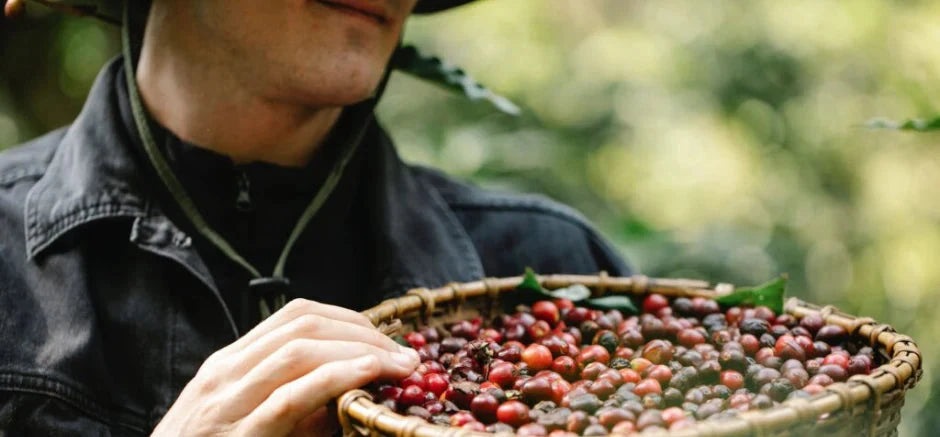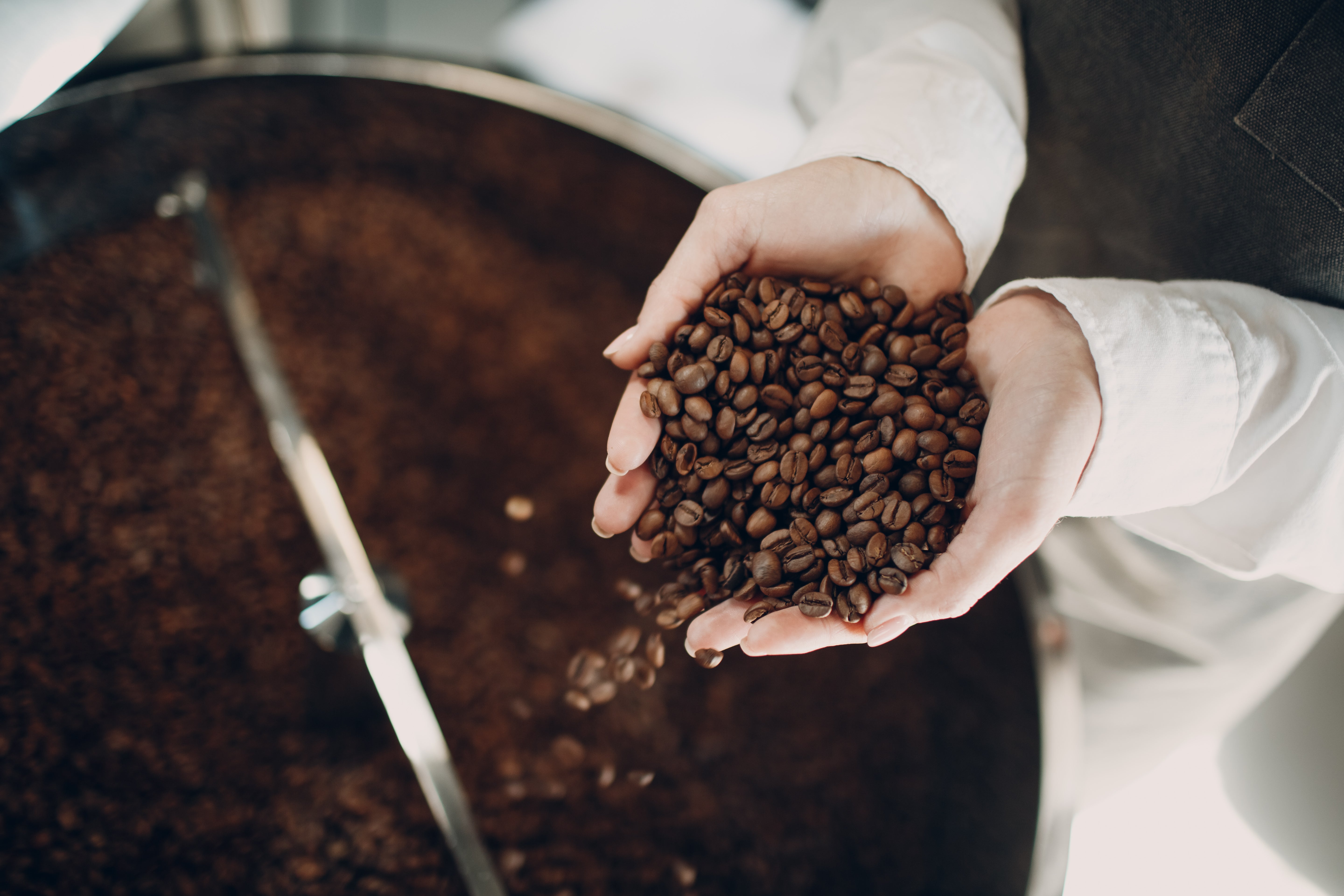For many coffee drinkers, the terms natural or washed coffee are still foreign words. Although the type of processing has a big influence on the aroma and can help us choose the perfect variety.
What is meant by coffee preparation ?
Coffee preparation, also called processing, refers to the processing steps that the coffee bean goes through on its way from the picked coffee cherry to the unroasted coffee bean.
If the coffee cherry is not processed immediately after harvesting, it begins to ferment uncontrollably. This has a negative effect on the taste and quality of the bean.
What happens with coffee preparation ?
When harvested, the coffee bean is surrounded by the flesh, also called pulp, and the mucilage, a slimy protective layer.
Since the coffee bean must be dry for roasting, it is necessary to separate it from the pulp and dry it.
There are different procedures for this, which are typically used depending on the country of origin.
We present you the two most common methods.
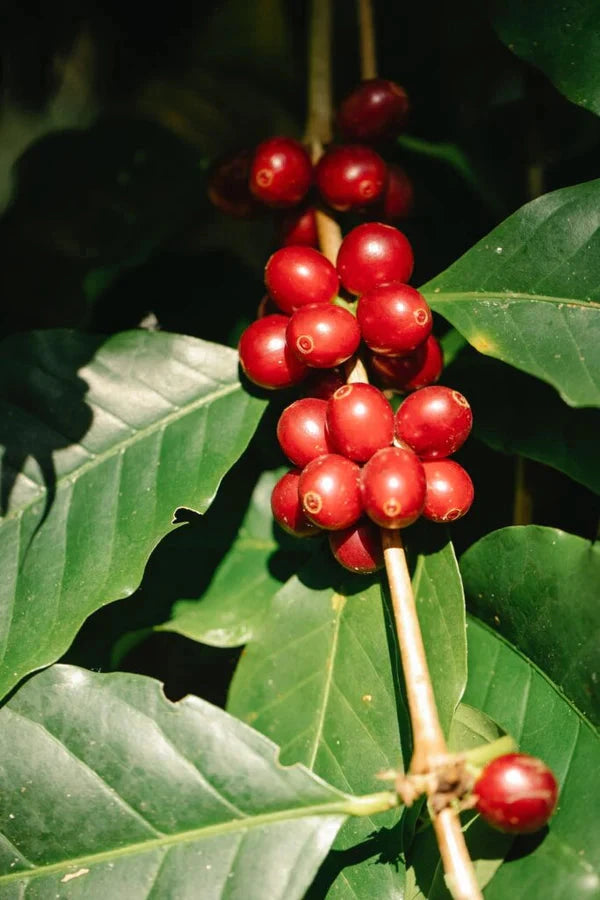
NATURAL COFFEE
Natural coffee, also known as dry processed coffee, has a long tradition. This method is the first choice, especially in dry areas such as Ethiopia or Brazil. The reason for this is that no water is needed and the processing is relatively simple.
After harvesting, the coffee cherries are simply sun-dried on drying beds or cement floors. During this process, they must be turned repeatedly until they are completely dry after about three weeks.
The sugar molecules of the mucilage pass into the coffee bean during the drying time – this creates a fruity-sweet aroma.
They also ensure a lower acid content and a fuller body of the coffee, which ultimately gives you a more intense mouthfeel when drinking.
Once the bean has developed its characteristic central ridge, the drying process is complete.
Then the bean only needs to be removed from the pulp and mucilage and is ready for transport to the next processing step – the roasting.
So if you are looking for a light fruity sweetness in your coffee, you should choose a natural coffee.
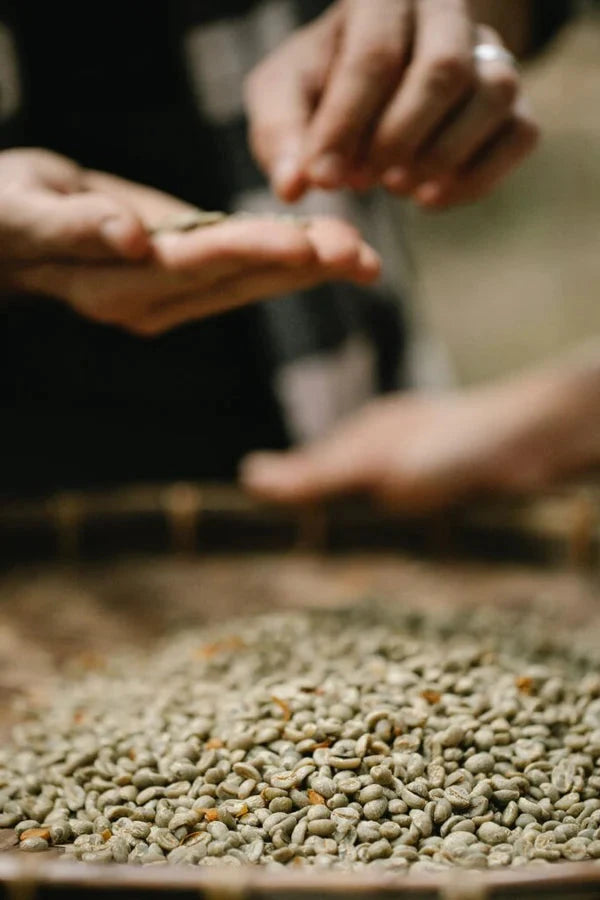
WASHED COFFEE
The washed coffee process requires a lot of water.
You're probably wondering why the natural process isn't always used for the sake of the environment. Regions where there is a lot of rainfall or too little sunlight rely on processing with water. The coffee cherry is very sensitive and quickly becomes musty and moldy under the wrong conditions.
In the washed process, the coffee cherry is freed from its pulp immediately after harvesting. This is done using water pressure and so-called wet mills.
The last remaining pulp is then removed in fermentation tanks and the bad coffee beans that float on the surface are sorted out. The gentle fermentation creates a creamy, smooth taste.
The coffee beans are then dried for up to ten days. The thin parchment skin that surrounds the coffee bean is only removed shortly before export. This way we ensure that all the aromas are protected.
Washed coffees taste more complex and have a milder body. The fine acidity of the raw bean is also retained, leaving a balanced floral, sometimes even tea-like taste.




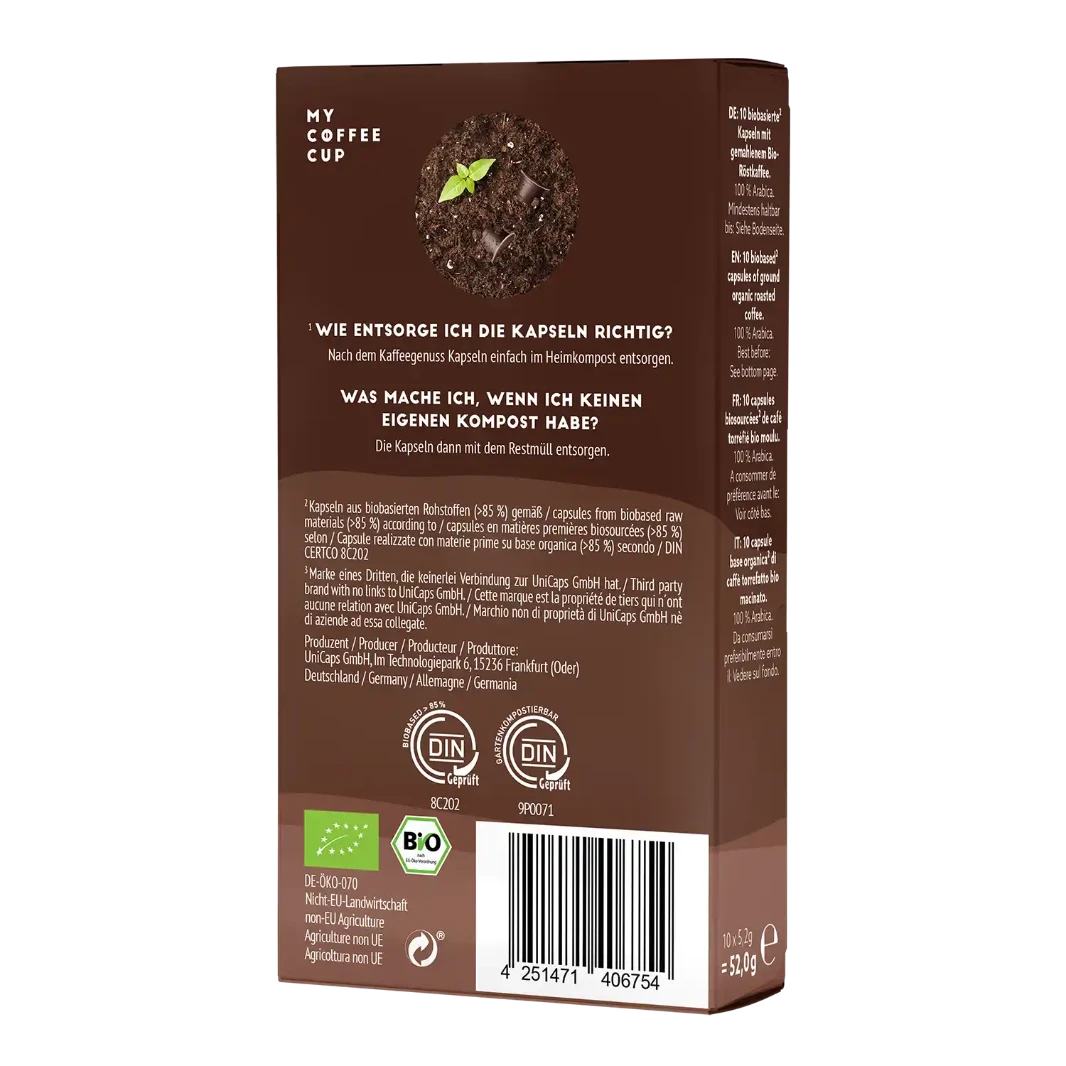




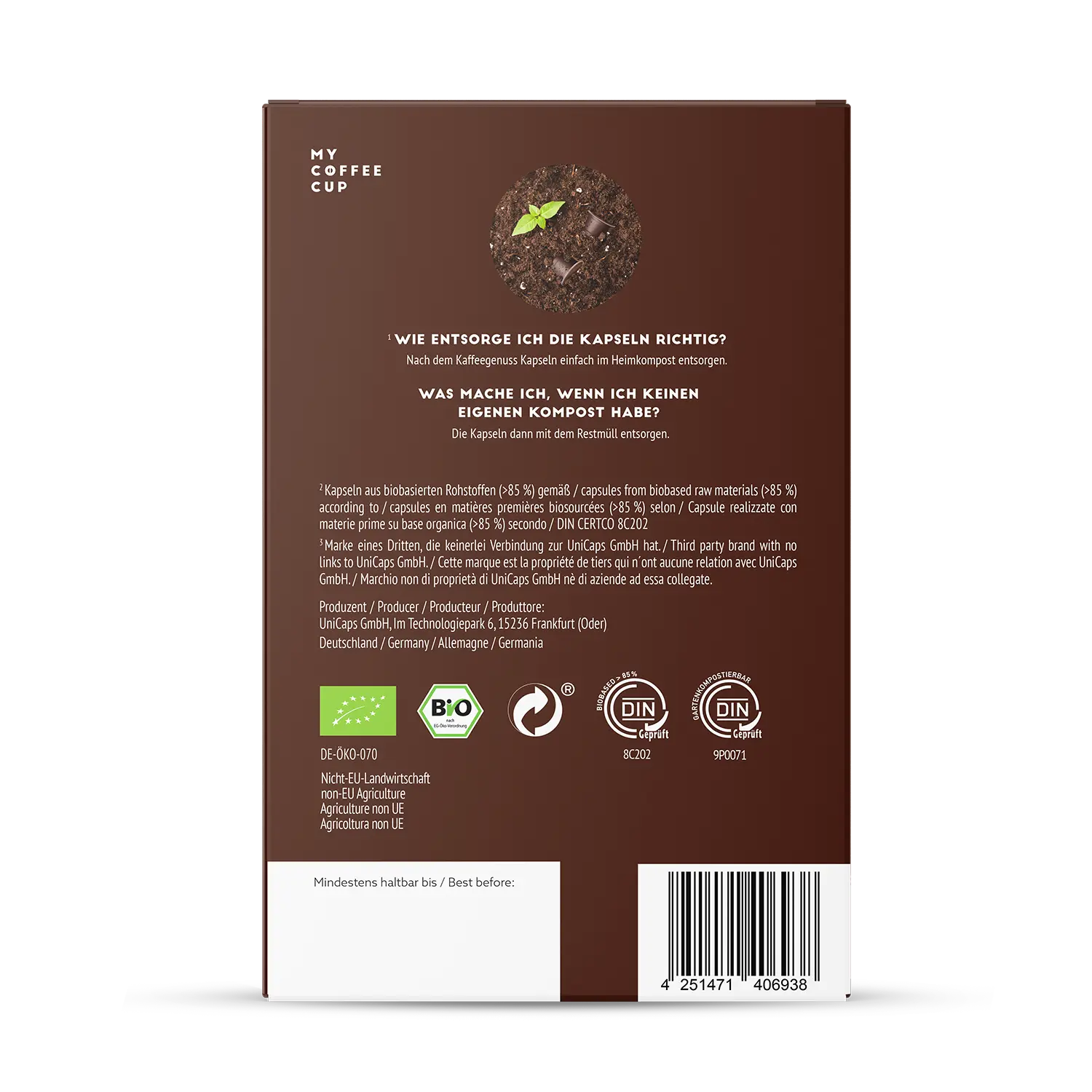
FAZIT: NATURAL ODER WASHED KAFFEE
You now know the differences between the two processing methods and perhaps this can help you decide between natural or washed coffee.
If you want an unusual moment of enjoyment with intense aromas and fruity notes, try a Natural Processed coffee.
If you prefer to play it safe, let yourself be enchanted by the delicate and complex aroma of one of our washed coffees.
Recommendation: Try our Washed Espresso Fortissiomo.
It enchants you with a complex aroma of malt and marzipan and a pleasantly light acidity.

